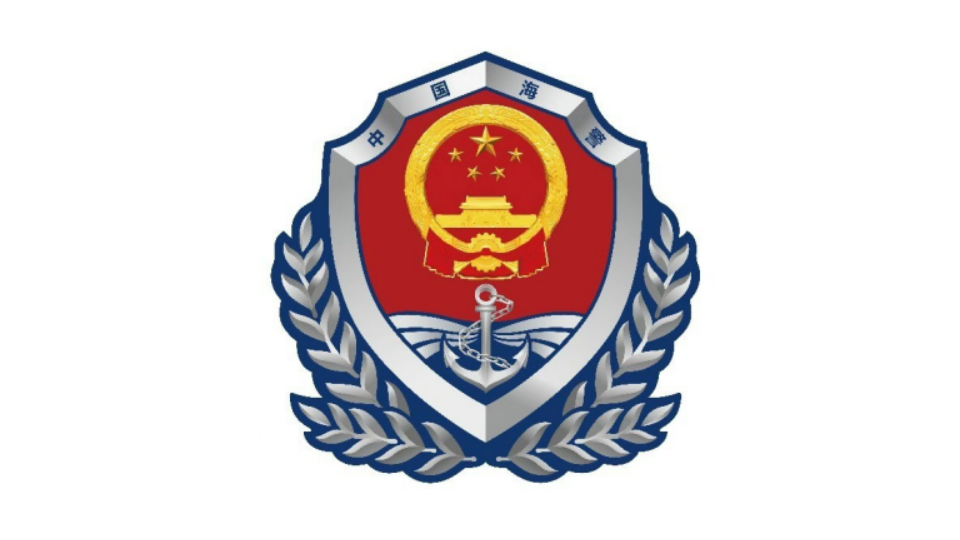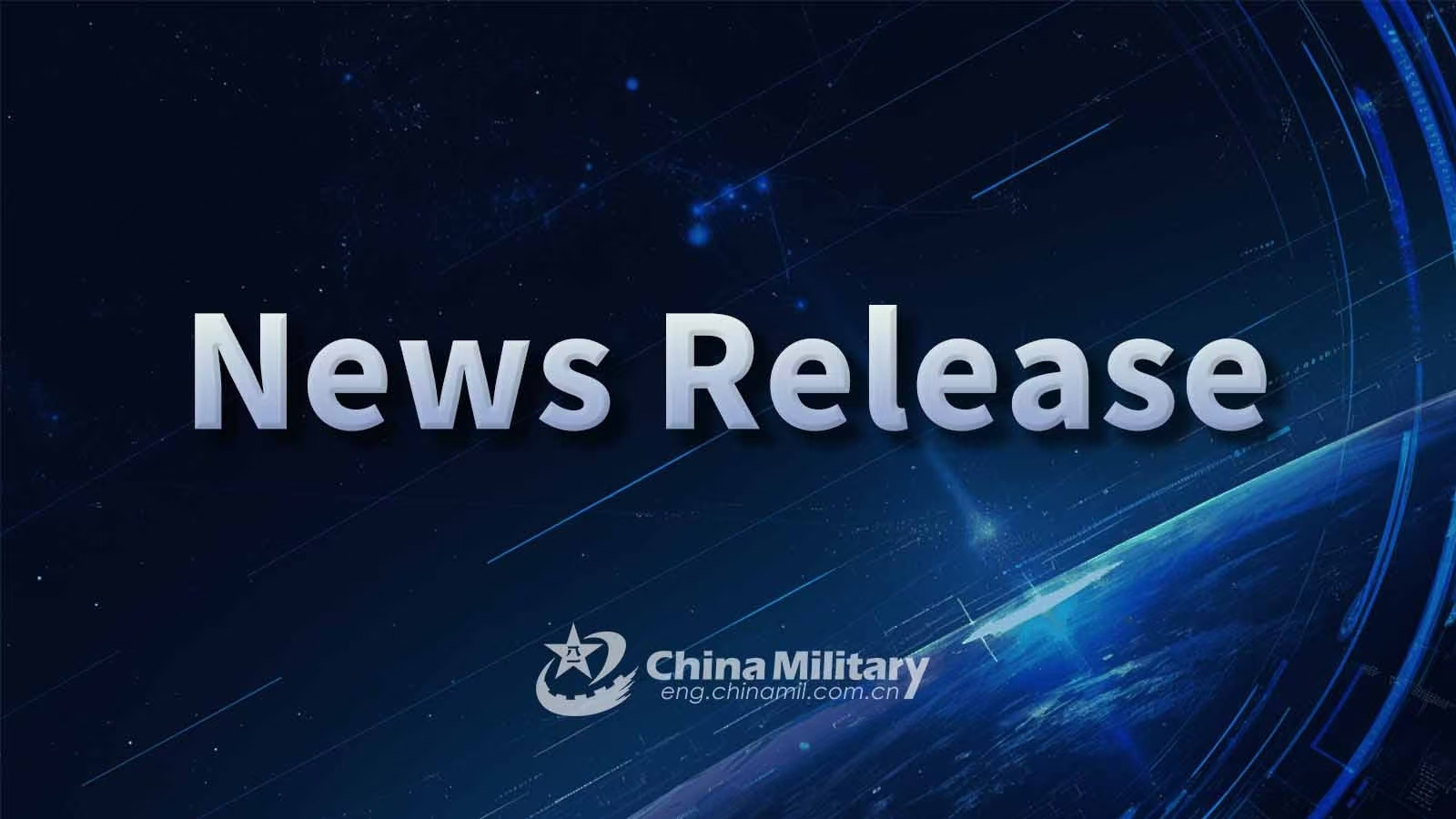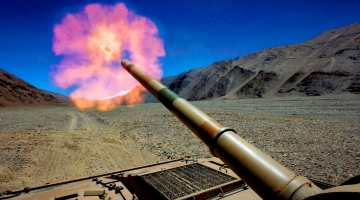By Dong Chunling
New Zealand's new Foreign Minister Winston Peters recently said that the country will foster closer ties with the intelligence partners of the other four Five Eyes alliance countries. From the Trump to the Biden administrations, the Indo-Pacific strategy has been sustained up to the present, and has become a synonym for the US global strategy and a core policy pillar for its strategic containment against China. On the chessboard of the US Indo-Pacific strategy, the role of New Zealand has been consistently nuanced throughout.
New Zealand, the US, Australia, the UK and Canada constitute the Five Eyes alliance. New Zealand consistently holds the US and Australia as top security allies in its national security strategy, while on the other hand maintains a relatively detached and flexible strategic posture in the gaming between China and the US. Compared with the UK, Canada and other US allies and partners that rush ahead in the US geopolitical competition against China, New Zealand is reluctant to be excessively bound by the strategic will of the US. After all, China is the largest trading partner of New Zealand. Thus, maintaining a good relationship with China is also very important for New Zealand's national development. For many middle and small countries in the Asia-Pacific, the strategic choice of New Zealand is both typical and universal. Rejection to taking sides is not only in their national interests but also conducive to the avoidance of bloc confrontation within the region.
In the view of the top designers of the US Indo-Pacific strategy, containing China is the only fundamental goal while building an Indo-Pacific version of NATO serves as the key in the implementation of the strategy. To this end, the US established the Quadrilateral Security Dialogue (QUAD) organization with Japan, India and Australia and promotes its development toward a paramilitary trajectory. It formed the trilateral security partnership (AUKUS) with the UK and Australia to position them as one of the key pillars of its military alliance, and empowers the alliance by employing sensitive issues such as the nuclear submarine cooperation. The US-Japan-ROK alliance has been further strengthened to highlight the military and security implications of this partnership. The US also hyped up threats with China and Russia by capitalizing on the Ukraine crisis, and steered NATO, one transatlantic military alliance system, toward pointing the spearhead at the Indo-Pacific region and constantly facilitating an Indo-Pacific version of the alliance. The US also reinforced the military alliance with the Philippines by inciting the South China Sea issue and provoking disputes over the islands, while vigorously wooing ASEAN countries to enhance strategic cooperation with them.
At a critical juncture during government transition and foreign policy adjustment in New Zealand, the US attempts to push New Zealand fully tilt toward itself strategically by utilizing a mix of seduction and repression methods, also a key move to propel the Indo-Pacific version of NATO. It is not difficult to discover several characteristics of the US endeavor to force other countries to take sides and constantly tighten the security shackles in the Indo-Pacific strategy.
First, peddling the so-called "China threat". The US strategic circle constantly hypes up different versions of the so-called China threat theory, such as "China's growing presence in the South Pacific", "growing dependence on China to potentially increase vulnerability to Chinese economic coercion" and "China's debt trap diplomacy". The US also employs the domestic public opinion in New Zealand to exert pressure, in a bid to induce the latter government to de-risk economically and adopt the pan-security strategy.
Second, generating rivalry-induced anxiety. Through a series of superposition operations in building a multi-tiered alliance and partnership framework, the US government constantly strengthens the Hub-and-Spoke system placing itself at the core, and activates old mechanisms by creating new small-multilateral relationships. For example, it enhances scientific, military, and intelligence cooperation with Japan and traditional Five Eyes alliance countries including the UK, to build momentum for Japan to potentially supplant New Zealand as a new member of the Five Eyes alliance. By launching the second pillar of the AUKUS, the US fosters a sense of strategic anxiety about New Zealand being isolated and marginalized within its alliance network.
Third, building a parallel system. In terms of economics, the proposal of the Indo-Pacific Economic Framework by the US seeks to establish new US-led regional economic and trade order rules, aiming at excluding China and forming a regional parallel economic system to restrict and block China. The US has also raised the entry threshold of this system and persistently pursues de-sinicization in the industrial and supply chains, compelling other countries to choose between the two parallel economic systems.
With the continuous advancement of the US Indo-Pacific strategy, the Asia-Pacific region has become an arena for the US military and security gaming against China, and the regional development and cooperation process is being delayed, disturbed and even interrupted by various security shackles. The stepped-up efforts of the US to promote the regional bloc tendency by adhering zero-sum game mentality and hegemonic thinking are pushing the Asia-Pacific region into the pan-security dilemma on the brink of a new Cold War. Positioned at a new historical intersection, Asian countries need to use their strategic sagacity to determine the right course of action.
(The author is an associate research fellow of China Institutes of Contemporary International Relations.)
Editor's note: Originally published on huanqiu.com, this article is translated from Chinese into English and edited by the China Military Online. The information and opinions in this article do not necessarily reflect the views of eng.chinamil.com.cn.













